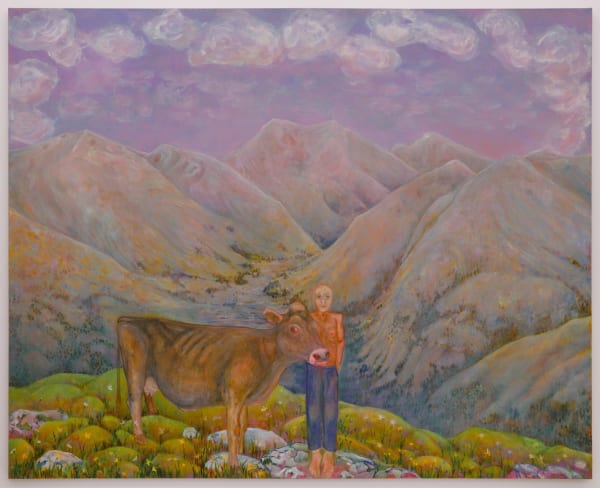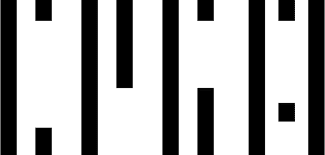Andriu Deplazes: Körper in diffusem LichtGalerie Peter Kilchmann
Zahnradstrasse, Zurich
With great anticipation, Galerie Peter Kilchmann is pleased to announce the solo exhibition Körper in diffusem Licht (Bodies in diffuse light) by Swiss artist Andriu Deplazes (*1993 in Zurich; lives and works in Zurich and Marseille). In 2016, Deplazes graduated in Fine Arts from the Zurich University of the Arts and has since won several awards, including the Manor Art Prize (2019) and the Visarte Atelier Scholarship Cité des Arts, Paris (2021).
August 27 - October 16, 2021
-
 Andriu DeplazesFünf Körper und gelb-rötliches Licht (Five bodies in red-yellow light), 2021Oil on canvas160 x 190 cm (63.0 x 74.8 in.)
Andriu DeplazesFünf Körper und gelb-rötliches Licht (Five bodies in red-yellow light), 2021Oil on canvas160 x 190 cm (63.0 x 74.8 in.) -
 Andriu DeplazesSlackliner, 2021Oil on canvas207 x 315 cm (81.5 x 124.0 in.)
Andriu DeplazesSlackliner, 2021Oil on canvas207 x 315 cm (81.5 x 124.0 in.) -
 Andriu DeplazesLicht kreuzt (Light crossing), 2021Oil on canvas160 x 200 cm (63.0 x 78.7 in.)
Andriu DeplazesLicht kreuzt (Light crossing), 2021Oil on canvas160 x 200 cm (63.0 x 78.7 in.) -
 Andriu DeplazesKörper im Abgang (Body descending), 2021Oil on canvas190 x 140 cm (74.8 x 55.1 in.)
Andriu DeplazesKörper im Abgang (Body descending), 2021Oil on canvas190 x 140 cm (74.8 x 55.1 in.) -
 Andriu DeplazesLiegen zwischen Sonnenblumen (Lying among sunflowers), 2021Oil on canvas263 x 187 cm (103.5 x 73.6 in.)
Andriu DeplazesLiegen zwischen Sonnenblumen (Lying among sunflowers), 2021Oil on canvas263 x 187 cm (103.5 x 73.6 in.) -
 Andriu DeplazesKörper und Schwein sitzen (Body and pig sitting), 2021Oil on canvas59 x 43 cm (23.2 x 16.9 in.)
Andriu DeplazesKörper und Schwein sitzen (Body and pig sitting), 2021Oil on canvas59 x 43 cm (23.2 x 16.9 in.) -
 Andriu DeplazesStorch vor Drohne in diffusem Licht (Stork in front of drone in scattered light), 2021Oil on canvas177 x 227 cm (69.7 x 89.4 in.)
Andriu DeplazesStorch vor Drohne in diffusem Licht (Stork in front of drone in scattered light), 2021Oil on canvas177 x 227 cm (69.7 x 89.4 in.) -
 Andriu DeplazesKörper, Schaf und Kanapee (Body, sheep, and sofa), 2021Oil on canvas110 x 100 cm (43.3 x 39.4 in.)
Andriu DeplazesKörper, Schaf und Kanapee (Body, sheep, and sofa), 2021Oil on canvas110 x 100 cm (43.3 x 39.4 in.) -
 Andriu DeplazesKörper und Kuh (Body and cow), 2021Oil on canvas196 x 243 cm (77.2 x 95.7 in.)
Andriu DeplazesKörper und Kuh (Body and cow), 2021Oil on canvas196 x 243 cm (77.2 x 95.7 in.)






















